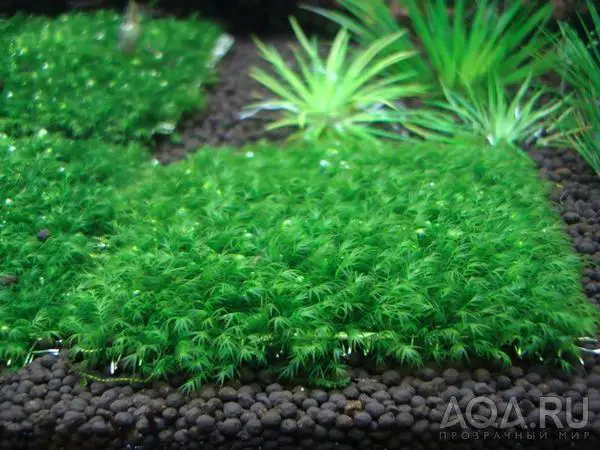
aqa.ru-20080905002629.jpg from: https://www.aqa.ru/forum/novyiy-moh-Fissidens-Fontanus-BachPylSteud-88731-page1
Introduction
The world of bryophytes, or non-vascular plants, is a fascinating realm that often goes unnoticed by many. Among these diminutive yet remarkable organisms is the Fissidens fontanus (Bach.Pyl.) Steud., a moss species belonging to the Fissidentaceae family, commonly known as Fissidens. This unassuming plant has captured the interest of enthusiasts and researchers alike, offering a glimpse into the intricate and resilient world of mosses.
Background
Before delving into the specifics of Fissidens fontanus, it’s essential to understand the broader context of
from: https://www.ukaps.org/forum/threads/the-secret-to-lush-green-fissidens-fontanus.31146/
bryophytes. These ancient plants, which include mosses, liverworts, and hornworts, have been around for over 400 million years, predating even the earliest vascular plants. Despite their small stature, they play crucial roles in various ecosystems, acting as pioneers in colonizing new environments and contributing to soil formation and water retention.
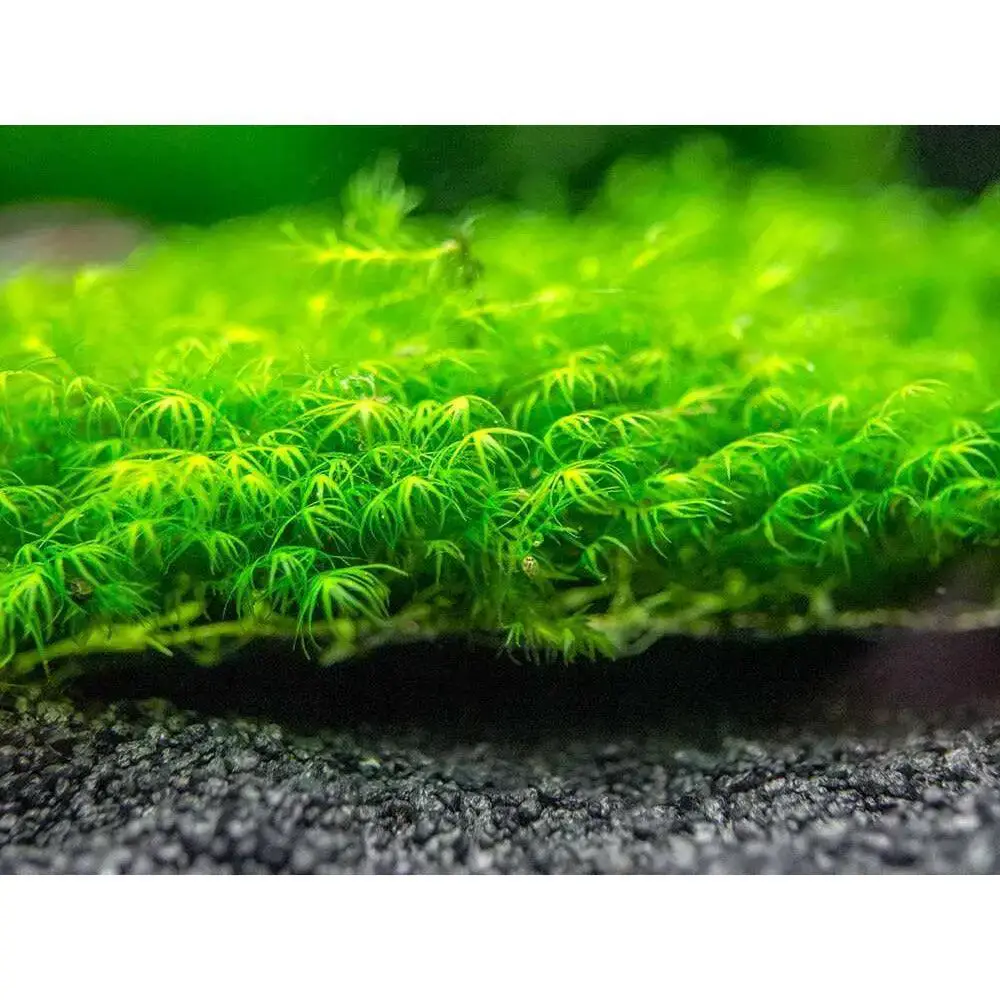
Phoenix-Moss-Mat-Large-1-1024×1024-jpg-min-_1_1024x1024.jpg from: https://aquafy.com.au/products/fissidens-fontanus-phoenix-moss
Main Content
Morphology and Identification
Fissidens fontanus is a small, acrocarpous moss that forms dense, green to yellowish-green tufts or mats. Its leaves are arranged in two distinct rows, giving the plant a distinctive, flattened appearance. Each leaf is composed of a single layer of cells, with a characteristic fissident (split) midrib that extends partway down the leaf. This unique feature is the defining characteristic of the Fissidentaceae family and is the origin of the genus name “Fissidens.”
Global Distribution and Habitat
Fissidens fontanus is widely distributed across various regions, including Europe, Asia, North America, and parts of Africa. It thrives in moist, shaded environments, often found growing on damp soil, rocks, or tree bases in forests, along streams, and in other humid habitats. This moss is particularly well-adapted to aquatic or semi-aquatic conditions, making it a common sight in and around freshwater sources.
Ecological Roles and Adaptations
Despite their diminutive size, mosses like Fissidens fontanus play vital roles in their ecosystems. They contribute to soil formation and water retention, creating microhabitats for other organisms and acting as pioneers in the colonization of new environments. Additionally, Fissidens fontanus exhibits remarkable adaptations that allow it to thrive in its preferred habitats.
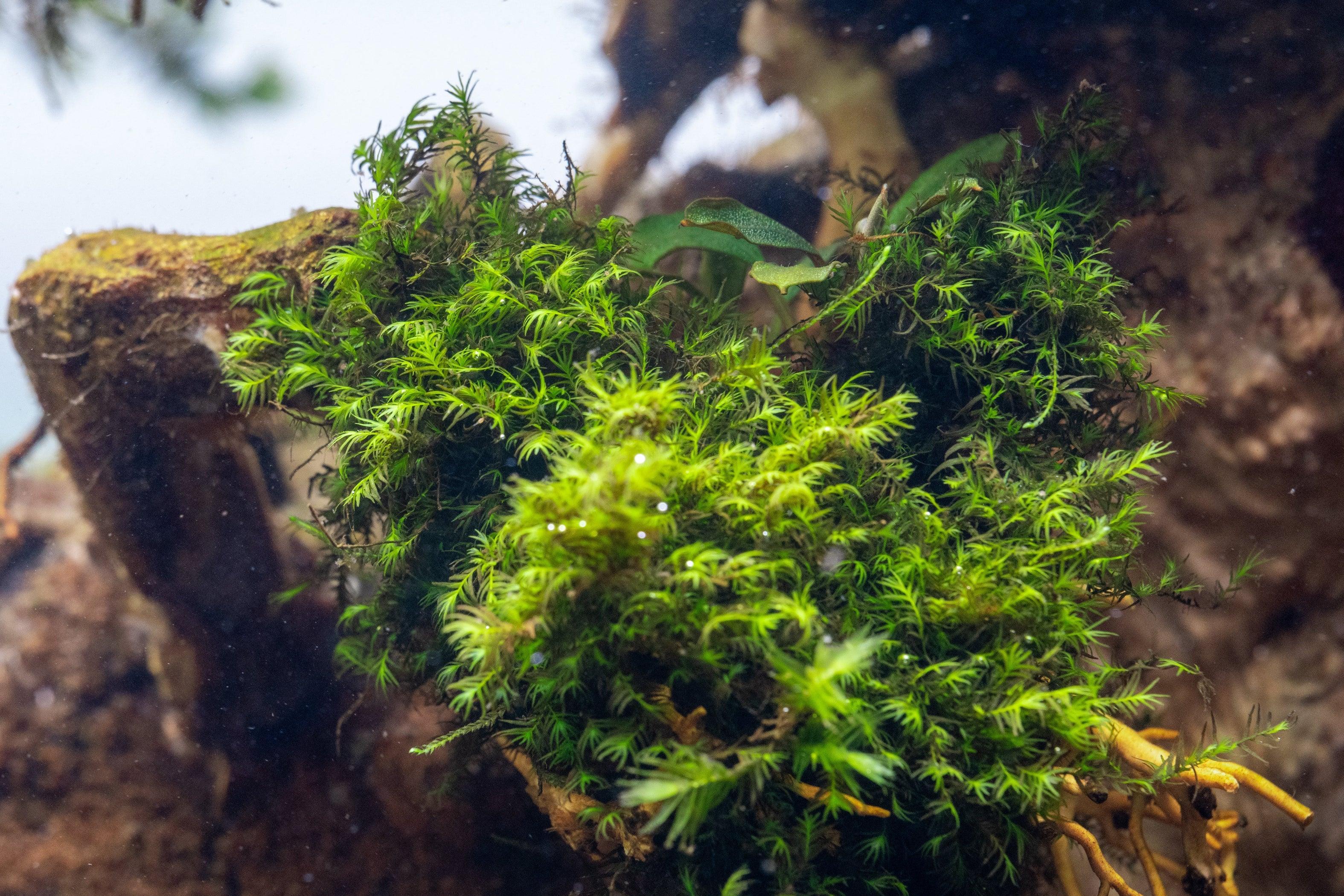
fissidens-fontanus-32138567155912_3150x2100.jpg from: https://buceplant.com/products/fissidens-fontanus-1
One notable adaptation is its ability to rapidly absorb and retain water through its leaf structure and specialized cells. This trait enables the moss to withstand periods of drought and quickly rehydrate when moisture becomes available. Furthermore, Fissidens fontanus possesses a unique reproductive strategy, utilizing both sexual and asexual means of propagation, ensuring its continued survival and dispersal.
imagegen.ashx from: https://dennerleplants.com/en/plants/plantdetails/Fissidens-fontanus-(30513)/30173
Case Studies/Examples
In a recent study conducted in a temperate forest ecosystem, researchers found that Fissidens fontanus played a crucial role in maintaining soil moisture levels and providing a suitable microhabitat for various invertebrates and microorganisms. The moss’s dense mats acted as a sponge, absorbing and retaining water, creating a moist environment that supported a diverse array of life forms.
Technical Table
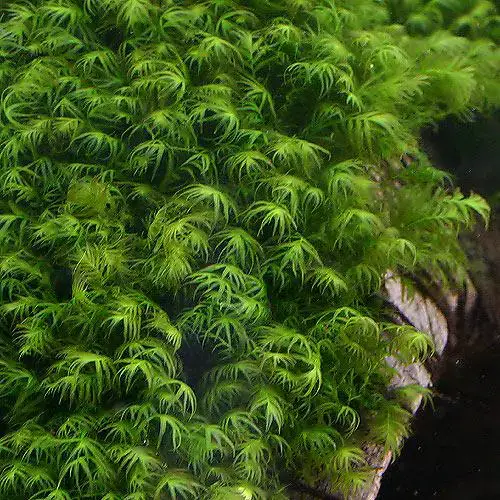
400145.jpg from: https://tropus-szeged.hu/elolenyek/elo-novenyek/fissidens-fontanus/
| Characteristic | Description |
|---|---|
| Scientific Name | Fissidens fontanus (Bach.Pyl.) Steud. |
| Family | Fissidentaceae
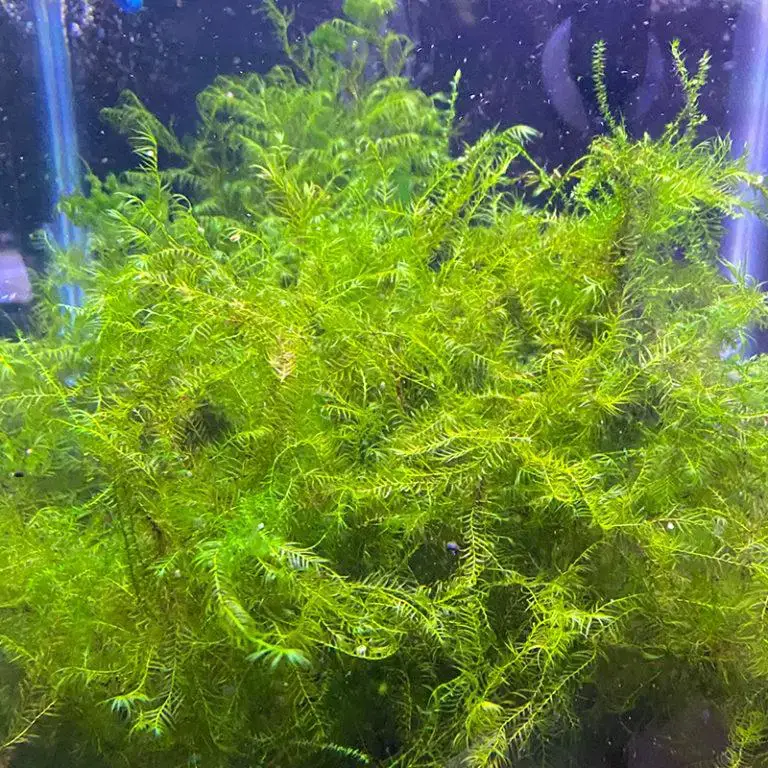 Fissidens-Fontanus-2-768×768.jpg from: https://www.dakuaquatics.com/product/fissidens-fontanus-moss/ 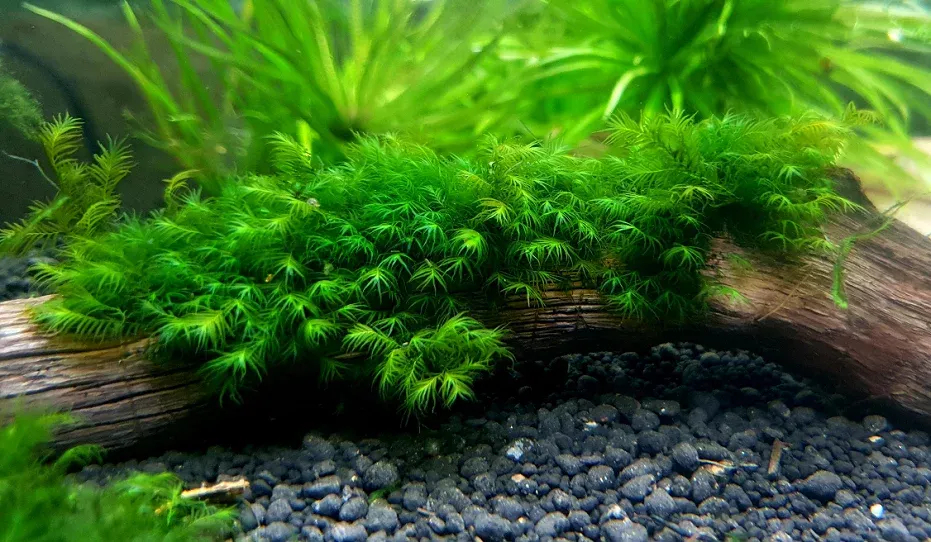 fissidens-fontanus3.png from: https://www.learntheaquarium.com/fissidens-fontanus/ |
| Common Name | Fissidens |
Growth Form
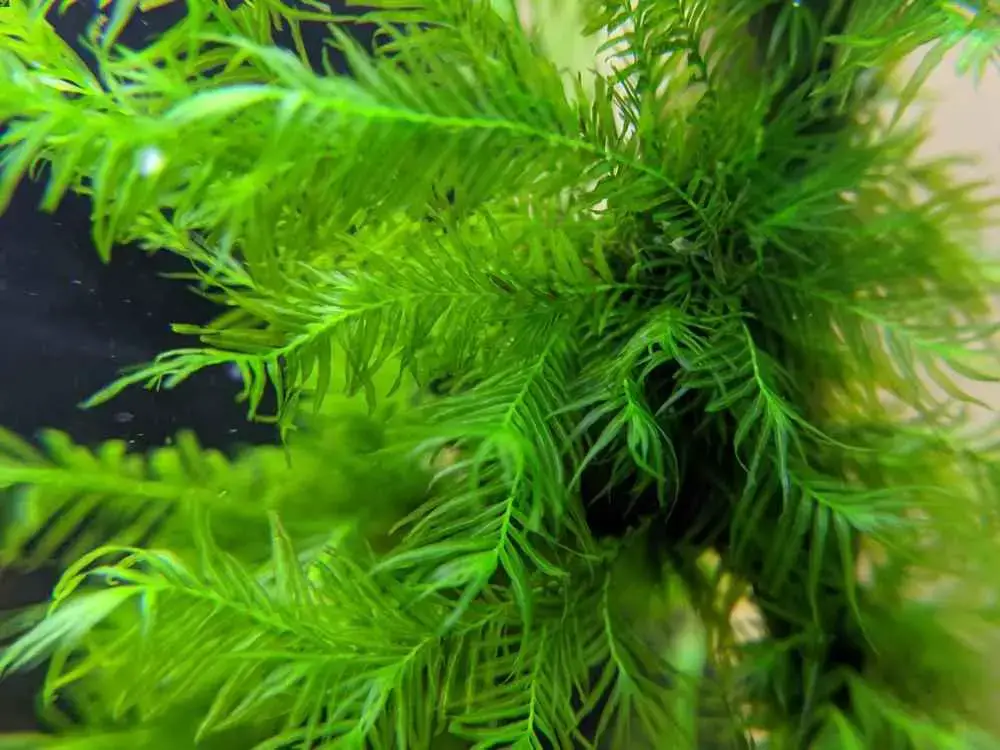 fissidens_fontanus_moss_a300fde09d.jpg from: https://www.firstaquatics.com/store/fissidens-fontanus-moss |
Acrocarpous moss, forming dense tufts or mats |
| Leaf Arrangement | Distichous (arranged in two distinct rows) |
| Leaf Structure | Single layer of cells, with a characteristic fissident (split) midrib |
| Habitat | Moist, shaded environments, often found on damp soil, rocks, or tree bases in forests, along streams, and in other humid habitats |
| Distribution | Widely distributed across Europe, Asia, North America, and parts of Africa |
| Ecological Roles | Contributes to soil formation, water retention, and provides microhabitats for other organisms |
| Adaptations | Rapid water absorption and retention, sexual and asexual reproduction strategies |
Conclusion
The Fissidens fontanus (Bach.Pyl.) Steud.
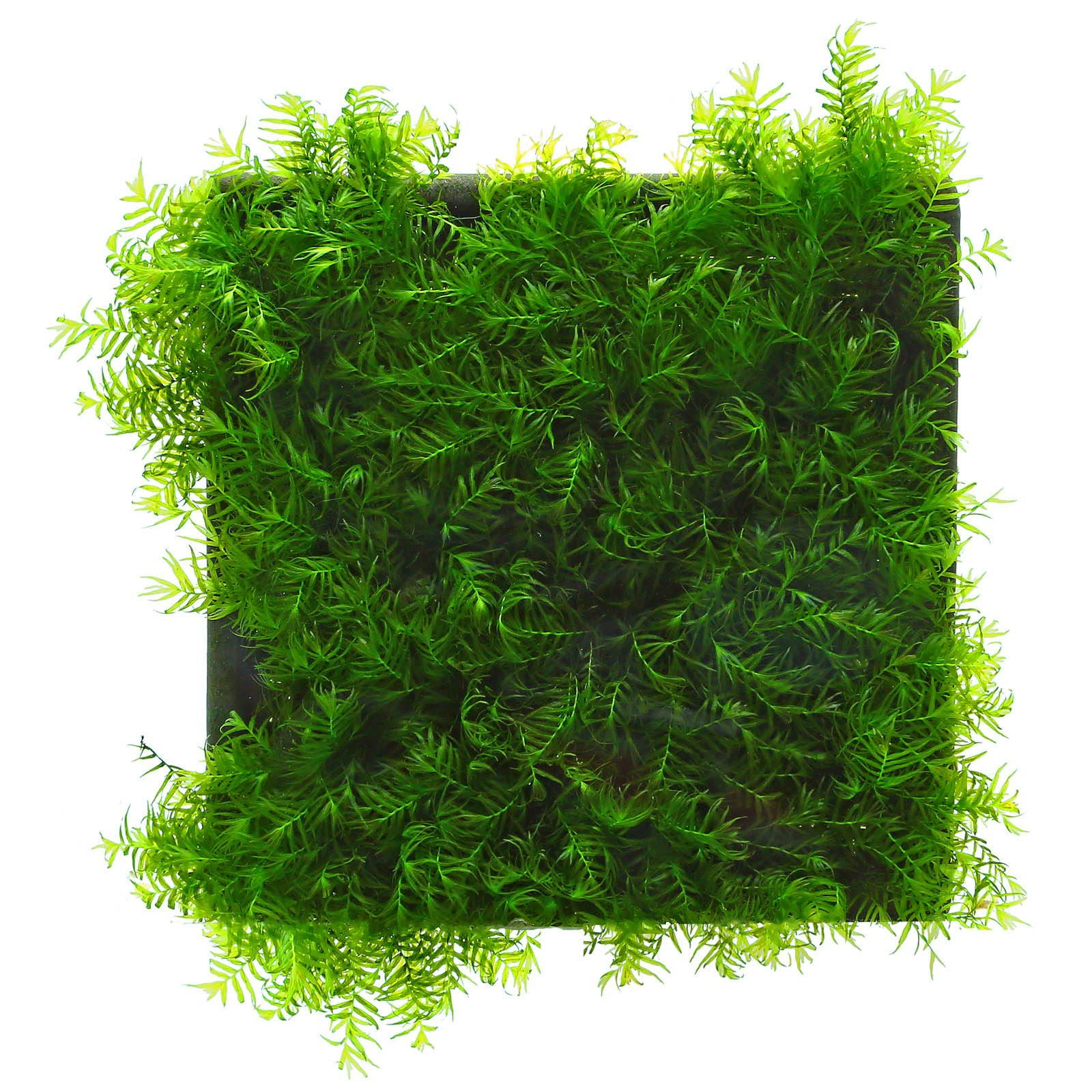
b27bd73c3d14817200c316e2b131c74d.png from: https://www.pinterest.co.uk/pin/fissidens-fontanus-is-a-delicate-feathery-dark-green-aquatic-moss-clinging-to-driftwood-or-rocks-with-its-rhizoids-forming-round–41869471522950681/
, a member of the Fissidentaceae family, may be small in stature, but its impact on the natural world is profound. This unassuming moss serves as a testament to the resilience and adaptability of bryophytes, thriving in moist environments and playing vital roles in ecosystem functioning. As we continue to explore and appreciate the diversity of life on our planet, the humble Fissidens fontanus reminds us that even the smallest organisms can have far-reaching significance.
Ponder this: In a world where we often overlook the intricate details, what other wonders might we be missing, hidden in plain sight, waiting to be discovered and appreciated?